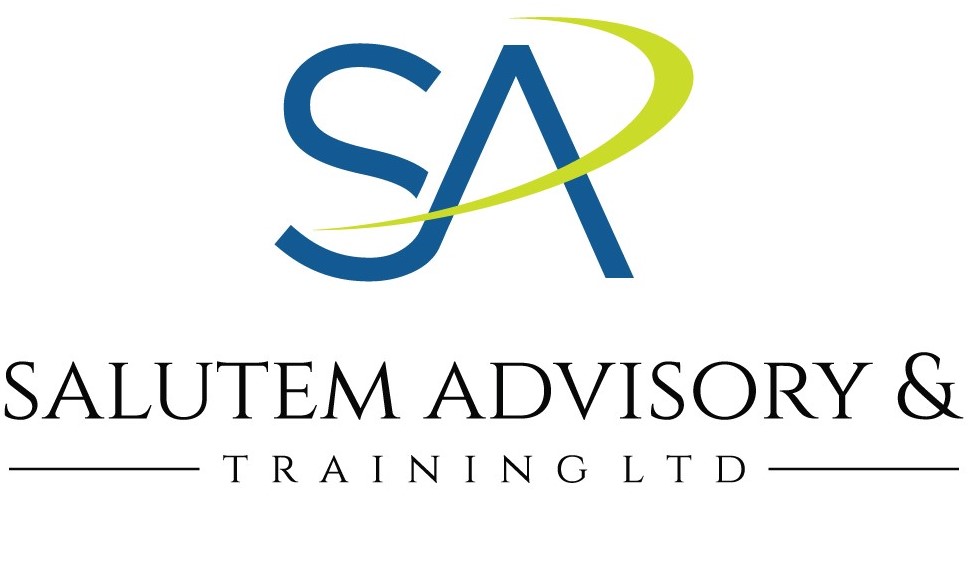
10 Essential Workplace Safety Tips Every Employee Should Know
Ensuring workplace safety isn’t just the responsibility of employers—it’s a shared duty that every employee plays a vital role in. From understanding proper lifting techniques to recognizing potential hazards, being proactive about safety can prevent accidents and injuries.
Here are ten crucial safety tips that every employee should keep in mind to promote a secure work environment.
1. Know Your Rights and Responsibilities:
Familiarize yourself with your rights and responsibilities outlined in workplace safety policies and regulations. Understand your role in maintaining a safe workplace environment and follow established protocols.
2. Stay Informed About Potential Hazards:
Be aware of potential hazards in your workplace environment, such as slippery floors, exposed wires, or heavy machinery. Report any unsafe conditions or hazards to your supervisor immediately.
3. Practice Proper Lifting Techniques:
When lifting heavy objects, use proper lifting techniques to avoid strains and injuries. Bend your knees, keep your back straight, and lift with your legs rather than your back. If an object is too heavy, seek assistance.
4. Maintain Good Posture and Ergonomics:
Practice good ergonomics to prevent repetitive strain injuries and musculoskeletal disorders. Maintain proper posture while sitting and standing, adjust your workstation to minimize strain, and take regular breaks to stretch and rest.
5. Use Personal Protective Equipment (PPE):
Always wear appropriate PPE for your job tasks, such as safety goggles, gloves, or ear protection. Make sure your PPE fits properly and is in good condition, and replace any damaged equipment promptly.
6. Follow Safety Procedures and Guidelines:
Adhere to safety procedures and guidelines established for your specific job tasks. Attend safety training sessions regularly to stay updated on best practices and procedures.
7. Practice Good Housekeeping:
Keep your work area clean and organized to reduce the risk of slips, trips, and falls. Store tools and equipment properly, clean up spills promptly, and maintain clear pathways.
8. Stay Alert and Focused:
Avoid distractions and stay focused on your tasks to prevent accidents and injuries. Pay attention to your surroundings, especially when operating machinery or working in busy environments.
9. Take Breaks When Needed:
Listen to your body and take regular breaks to rest and recharge, especially during physically demanding or repetitive tasks. Fatigue can impair judgment and increase the risk of accidents.
10. Report Safety Concerns Promptly:
If you notice any unsafe conditions, hazards, or near misses, report them to your supervisor or safety officer immediately. Your proactive reporting can prevent accidents and ensure a safer workplace for everyone.
By following these ten workplace safety tips, employees can contribute to creating a safer and healthier work environment for themselves and their colleagues.
In addition to implementing individual safety practices, fostering a culture of safety within organizations is essential for long-term success in preventing accidents and promoting employee well-being. By embracing strategies such as leadership buy-in, employee engagement, and continuous improvement initiatives, companies can create a workplace where safety is prioritized at every level.
Leadership buy-in sets the tone for safety culture, demonstrating a commitment to prioritizing the well-being of employees. When leaders prioritize safety, employees feel empowered to voice concerns and actively participate in safety initiatives. Employee engagement plays a crucial role in building a safety culture by involving workers in safety decision-making, training, and hazard identification. When employees feel valued and included in safety processes, they are more likely to take ownership of their safety and that of their colleagues.
Continuous improvement initiatives ensure that safety practices evolve with changing workplace dynamics and emerging risks. By regularly evaluating and refining safety procedures, organizations can adapt to new challenges and reinforce a culture of safety as a core value.
Ultimately, building a safety culture requires collective effort and commitment from every member of the organization. By working together to prioritize safety, companies can create a workplace where employees feel safe, supported, and empowered to perform their best. Let’s continue to strive for a culture where safety is not just a priority but a way of life.
Remember, safety is everyone’s responsibility, and by staying informed, practicing good habits, and being proactive, we can minimize risks and prevent workplace accidents.

